TMJ
Technically, the TMJ is the temporomandibular joint, but TMJ is the widely recognized term for problems with or the pain of the joint. The joint is the hinge that connects the temporal bones of the skull to the jaw. This hinge allows the jaw to move up and down and side to side. Without the hinge, it would be impossible to talk, yawn, or chew.
Problems with the TMJ should, more appropriately, be called TMD or temporomandibular disorder.
TMD is a condition of the jaw that causes severe discomfort or pain. TMD occurs more in women than in men, and it is more common between the ages of 20 and 40. The problem could be on just one side of the face or both sides, and it can be temporary or last many years.
TMD can be brought on by several factors, such as clenching or grinding of the teeth, arthritis, stress, or abnormal movement of the disc between the ball and socket of the jaw.
Call our office today if you have any of the following symptoms:
Jaw popping when chewing or talking (painful or not)
Swelling of the cheek or jaw areas
A tired feeling of the face
Pain of the jaw, face, neck, or shoulder areas when moving the jaw
The feeling that the upper and lower teeth do not fit together correctly
Problems opening the mouth
Jaw locked in the open or closed position
Dr. Galvin can diagnose and treat TMD. If you are experiencing persistent pain or tenderness or cannot fully open or close your mouth, call the office to see Dr. Galvin immediately.

